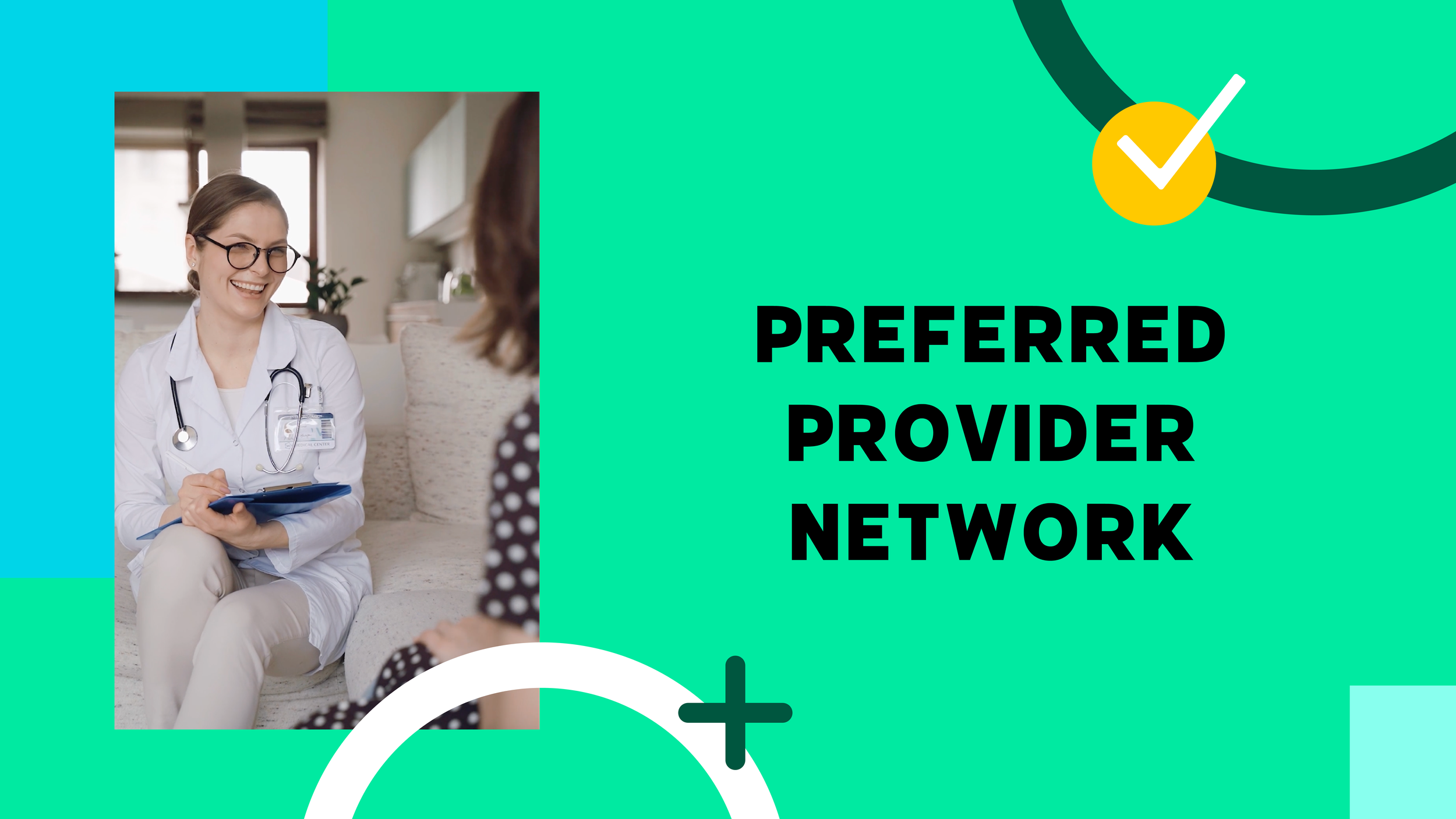Medical Expense Drivers: Access
by Dr. Jon Hart
As more practices and organizations pursue the principles of value-based care (VBC), they look for ways to improve their financial outcomes, the drivers of net revenue. Part 1 of this series focused on some of the main determinants of gross revenue in VBC (Link to Part 1) and how to increase the size of the gross revenue bucket, or pie, depending on how hungry you are. These next installments will speak to the ways of decreasing medical costs, thereby increasing the risked savings to be shared or kept, decreasing the amount of pie eaten by medical expenses, thereby increasing the remainder in the bucket after expenses are paid.
Some of the important influencers of medical expense that a practice can address include site of service, early identification and stability of chronic medical conditions, adherence to a treatment plan, interdisciplinary team communication, supporting patients through multiple stops on the care continuum, and a network of specialists involved in care. These can be segregated into the general groupings of access, Annual Wellness Exams, care management programs, and a preferred provider network.
Access
We’ll start with access because its influence is felt across all medical cost drivers. VBC is about longitudinal relationships, not episodic encounters. The work of healthcare extends beyond the walls and halls of the practice, not limited to only times a patient is on our turf. Attention gets paid to outcomes rather than output, so the work to be done changes some compared to strictly fee-for-service medicine (FFS). Therefore, access can look and feel different in a VBC practice.
Costs in medical care can vary exponentially based on the site of service. Emergency Department (ED) visits and inpatient treatment cost more than care in the home or office. From the perspective of testing and procedures, prices are lower at free-standing radiology facilities and ambulatory surgery centers than the hospital. The cornerstone in controlling the site of service is improved access to care at the primary care (PCP) level.
Multi-modal access to a PCP can discover acute illness and chronic disease exacerbations early, allowing interventions to prevent the need for the ED or hospital. Access can direct care to high value specialists (see Network, in an upcoming article in this series) and to more efficient outpatient testing. Access can prevent the need for medical encounters altogether when the issue is really just a question.
(If you are strictly a FFS practice or are employed by a hospital or health system still deeply entrenched in the heads-in-beds, volume mentality, you may want to skip this next part where ideas are given to build and improve multi-modal access. You may get some indigestion since their shared goal can be to decrease in-hospital encounters and charges!)
Traditionally, access has referred to your front office staff, how they answered the phone (or not), and how you set your schedule for the day. These pieces still matter, of course, but access means so many other things now, too.
In dealing with conventional access, the “front door” to the practice, it’s still important that your patients have a way of reaching out to the practice on their timeline, not a callback within 24-48 hours. If, for your practice, this is via phone, someone who can easily connect to the office staff needs to answer the phone.
Sending a patient to the ED because “the office is really busy” should never happen. A heart attack? Certainly, but not because “Dr. Smith is swamped” or it’s 3pm and you want to go home. Bottomline, if the first thing heard by the patient when a phone is answered is “go to the ED” when it’s not an emergency, medical costs are unnecessarily driven up and it may not lead to the best outcomes. A human must answer in a timely fashion, with the appropriate care and compassion, and with an appropriate triage script.
Your front door doesn’t need to be just the phone. Many practices have their phone staff also work live chats with patients, too. Multiple patients can be addressed at one time. It still takes time and attention, though. In fact, given the administrative burdens heaped on office practices these days, other forms of asynchronous communication may be even better options for some patients. These would include secure patient portals and secure messaging. However, just because it’s asynchronous doesn’t mean you can ignore it. Timely responses are still in order. All these access points can work well for med refills, appointment requests, non-emergent medical questions, and condition updates in patients with chronic conditions.
Frequent followup visits for your patients with chronic fragile conditions like diabetes, COPD, and heart failure are quite useful in avoiding exacerbations and ensuring adherence to a best practice care plan. Allowing time in your schedule to see these patients every 1-2 months rather than every 3, 6, or 12 months can greatly improve their outcomes through health optimization and early identification of potential problems. That translates to decreased medical expenses. Make room for them.
Same day scheduling, even open scheduling, can improve access for patients with acute conditions or possible early exacerbations of chronic conditions. Who better to evaluate and initiate their care than their known and trusted PCP? We’ll discuss the hesitancy of practices to adopt same-day or open scheduling systems in another article, outside of this series.
Telemedicine offers an effective access point for both managing chronic disease as well as evaluating a possible acute exacerbation. With the right technology, a telemed visit can be quick and effective without tying up other resources in the office. There are times telemed is not the best option in my opinion (UTI, URI, ankle injury, etc.) but assessing a chronic condition in a patient known to you is a great use of the technology. Some practices find it easier to leave space at the top of the hour for a potential telemed visit rather than space for a full-blown, in the office, same-day visit.
For the practice that’s over-booked, an owned or trusted walk-in clinic (WIC) can serve as a good alternative access point that’s less expensive than the ED. Bidirectional communication with the WIC is essential, otherwise the patient will likely just land in the ED. (Oh, and fix your scheduling so you’re not so overbooked!)
Don’t have a brick-and-mortar WIC? Build a virtual one! There are practices using this access point to great success. Through their portal, a patient can set up a virtual WIC visit via telemedicine and be seen immediately or within a few minutes. When it’s run by the practice, the EHR is shared, so the doc has all the inside information on the patient.
Another technology tool that fits into my definition of an access point is remote patient monitoring (RPM). In patients with diabetes, heart failure, and COPD, RPM serves as both passive and active access points for care. Monitoring blood sugars, weight, blood pressure, respiratory rate, and Oxygen saturation can trigger the doctor’s office to reach out to a patient when readings are trending toward abnormal. Likewise, a patient on RPM can be given a special “red phone” number to preempt a call from the office and alert the staff to a change they’re noticing. In addition to an office visit or referral, issues can be handled over the phone, with a telemed visit, or even with a home visit.
Home visits are beneficial access points for any patient, but especially the homebound or those with chronic fragile conditions. I’m not referring to Home Health and the parameters within which they must work. I mean boots from the practice on the ground in the patient’s home.
Back in the day, either I or the Nurse Practitioner who I worked with had a list of patients we would visit regularly to check on their health. We’d also throw in acute visits for other patients when that worked out or when I was on call. (Sewed up lacerated children in their living rooms on more than one occasion.) In today’s world, getting into a patient’s home can look very different. Telemedicine can give a clinician a glimpse into a patient’s home and life at home. Additionally, though, setting up routine visits by non-physicians has proven beneficial in managing chronic conditions.
Some practices have a cadre of Nurse Practitioners assigned to nothing but home visits on chronically ill patients. These visits can identify and address any issues in the home that might exacerbate a problem (no food in the fridge, wrong food in the fridge, fall risks, boxes of meds, poor eyesight, etc.). They can also serve to catch the hint of an exacerbation early and intervene before the need of an ED or inpatient visit.
Another option for this type of care is to use ancillary team members like paramedics (EMT-P) or EMTs for non-urgent, routine followup visits in the home with the same types of patients. In these circumstances, clinical protocols are designed and followed, and a physician or provider is available should the EMT or EMT-P come across an issue of concern. Again, consultation can be via telephone or telemedicine.
As you’ll recall from previous articles, value is created by improved quality, appropriate cost, and enhanced experience. Proper access positively impacts all these components.
Access is a driver of quality. If your patients can’t get themselves or their issues in front of you, there is no chance to intervene and positively change their health trajectory. In addition to improved outcomes via access, the right treatment at the right time in the right place leads to appropriate medical expense, the cost element in the Value Equation. Patient experience is enriched via access through the fostering of relationships and improvement of health and well-being. Value all around.
Oh, and efficient and effective access leads to decreased medical costs, driving VBC net revenue.
Avoid the ED cost when you can. Work to keep your chronically ill, or even acutely ill patients from needing inpatient care through early intervention. Your patients will be happier and healthier, and the bucket of funds set aside for medical expenses will have more left in it at the end of the year (or you’ll have more pie!).
Part 3 of this series will tackle an appointment type that drives lower medical cost and should be prioritized for appropriate access – The Annual Wellness Exam.






